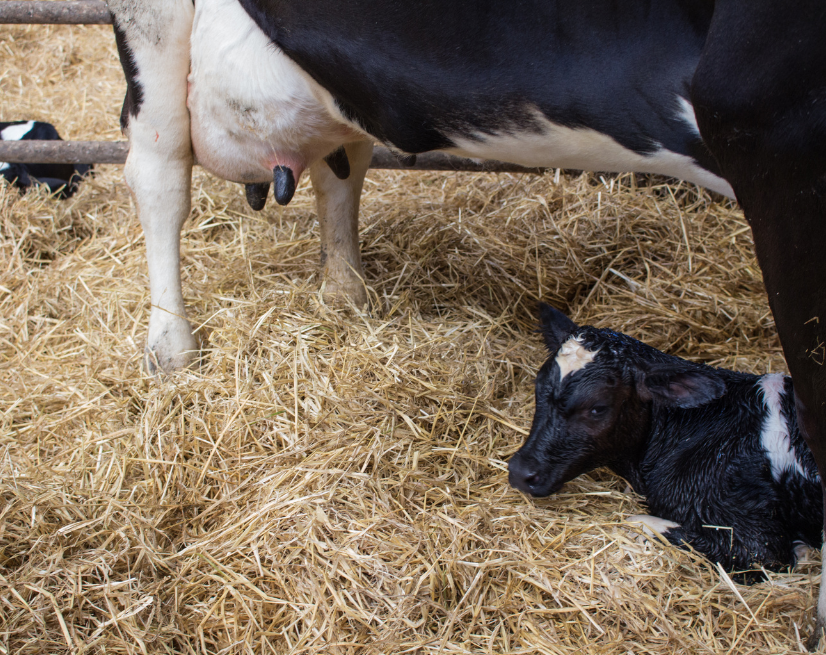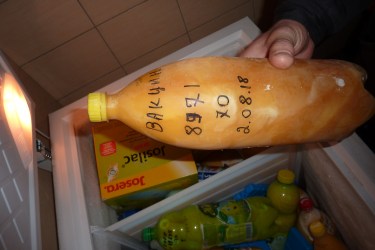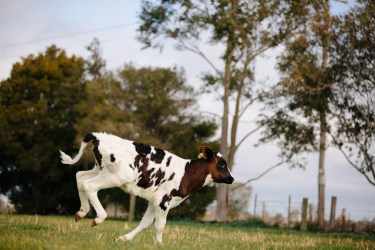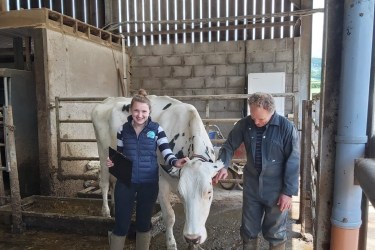By Frances Metcalf-Head
The transition period is often known as the forgotten or unprofitable period, reflective of the cows that aren’t making any money as they aren’t milking. However, that mindset could not be more wrong.
Sat between the 3 weeks pre-calving and the 3 weeks post-calving, it is the turning point of the production cycle of the cow as one lactation ends and another begins.
This is a critical stage, with it being common knowledge that many infectious and metabolic diseases occur in this period in dairy cattle. In fact, many of the metabolic diseases only occur in this period. These include:
- Ketosis
- Milk fever/hypocalcaemia
- Left displaced abomasum
- Retained foetal membranes
- Metritis and endometritis
- Lameness
It’s important that these illnesses can be detected for cow health and welfare, but also prevented. You just have to look at the costs involved. Not only in terms of treatment, with a case of Milk Fever costing up to £302, but also long-term costs due to fertility issues. You’re looking at an average cost of £150 per cycle that the cow is not in calf.
So, how can we prevent these infections and diseases?
It is crucial to get your cows ready for the dry period and then the transition period. Your cows need to be as healthy as possible before the physiological stress of labour, and then milk production.
How do we do this? Environment and nutrition is key!
The environment we are trying to achieve should promote rest, relaxation and recovery. The key to this is grouping, movement, space and cleanliness. Dry cows who are in the transition period need 16 hours of darkness, versus 8 hours for milking cows. Cows are social creatures, so group dynamics are also very important at this time. Moving cows away from their “friends” and placing them in smaller groups can be distressing and will encourage greater opportunity for one cow to pick on another.
To counteract this, there must be enough space for:
- Eating: dry cows need 80cm of feed space which is an increase from milking cows due to their size.
- Drinking: they require 5-7l water/kg DMI and 10cm linear water space.
- Dry cows are significantly more at risk from mastitis, so a clean environment reduces cases. Each case of mastitis costs £200 (taking into consideration dumped milk due to antibiotic treatment).
- They need 2m2 per cow of loafing space (chill-out space).
- If there is an increase in standing for 120 minutes per day during the dry period, this leads to increased sole lesions 12 weeks post-calving.
Tackling the transition diet
How would you like to eat somebody’s unwanted leftovers? Your transition cows shouldn’t have to either. Leftovers from the milking group tend to be heating and have been sorted, which will have a significant impact on palatability. This risks a lower dry matter intake (DMI); the DMI target is 12kgDM per cow per day and no more the 120MJ/kgDM for the dry phase.
A specific dry cow diet is needed with appropriately balanced minerals. If a dry cow has a milking cow ration with high calcium this could trigger milk fever; dry cow diets that contain calcium binders or that are high in straw, maize or wholecrop may also initiate true calcium deficiency (hypo-calcaemia), which also triggers milk fever.
Transition diets should prioritise the supply of metabolizable protein to the hindgut too; this can either be through the optimal rumen function or the support of bypass protein. If the protein levels are too low this reduces potential milk yield and compromises the immune system.
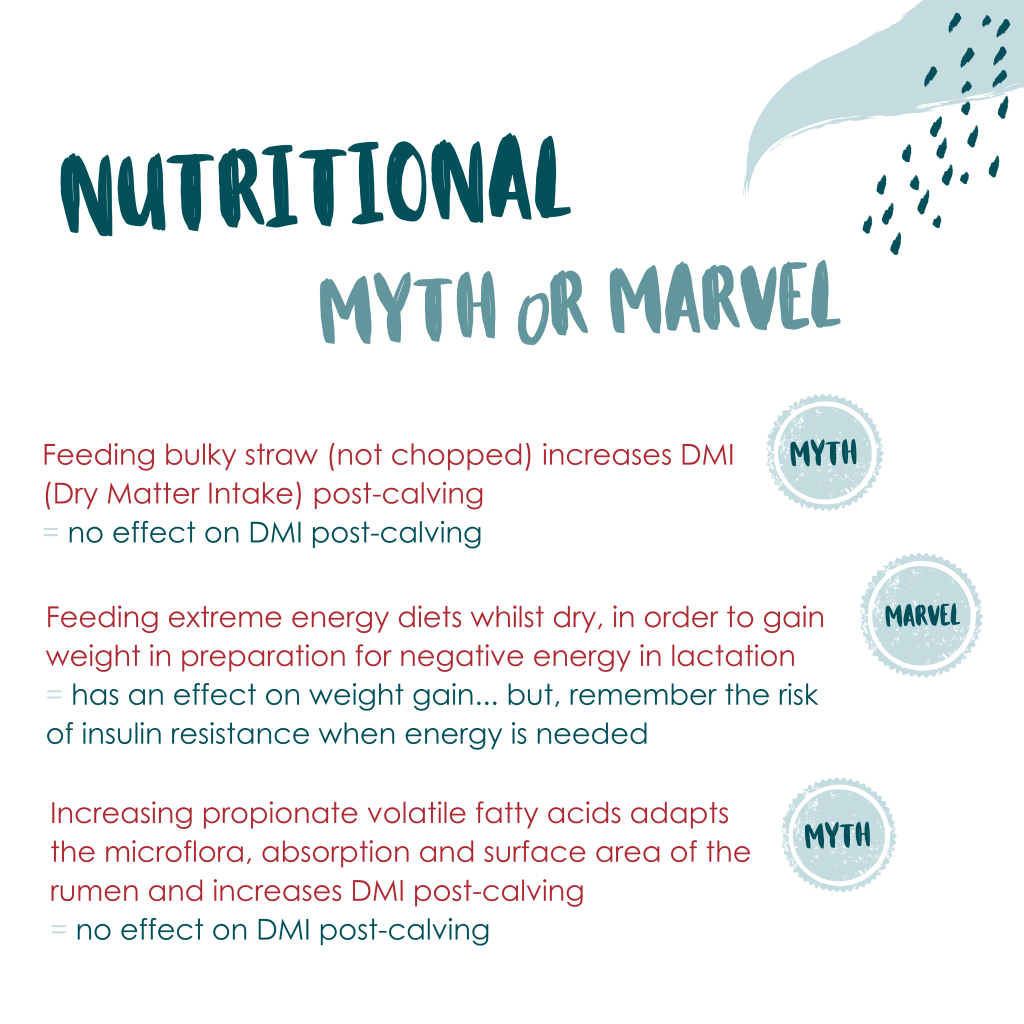
Spend lactation preparing for the transition period
Don’t forget that the transition cow is providing you with your calf cash crop or next generation, as well as milk income for the next year! It is the simple solutions that’ll help to support that cow in achieving her peak yield more quickly, and ultimately improve your profitability.
Our Farm Consultancy Team can deliver a review of your transition cows, including a full review of your facilities – providing you with an external opinion on what you could be improving, focusing on prevention rather than cure. We’ll help you to use dry period disease incidence to inform where to target these improvements and where potential income is being lost. Get in touch for further information.




